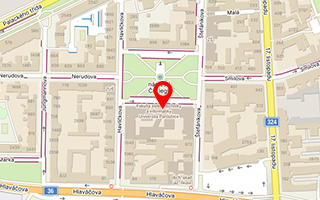Publikace detail
Efficient dataset extension using generative networks for assessing degree of coating degradation around scribe
Autoři:
Štursa Dominik | Rozsíval Pavel | Doležel Petr
Rok: 2024
Druh publikace: článek v odborném periodiku
Název zdroje: Frontiers in Artificial Intelligence
Strana od-do: 1-14
